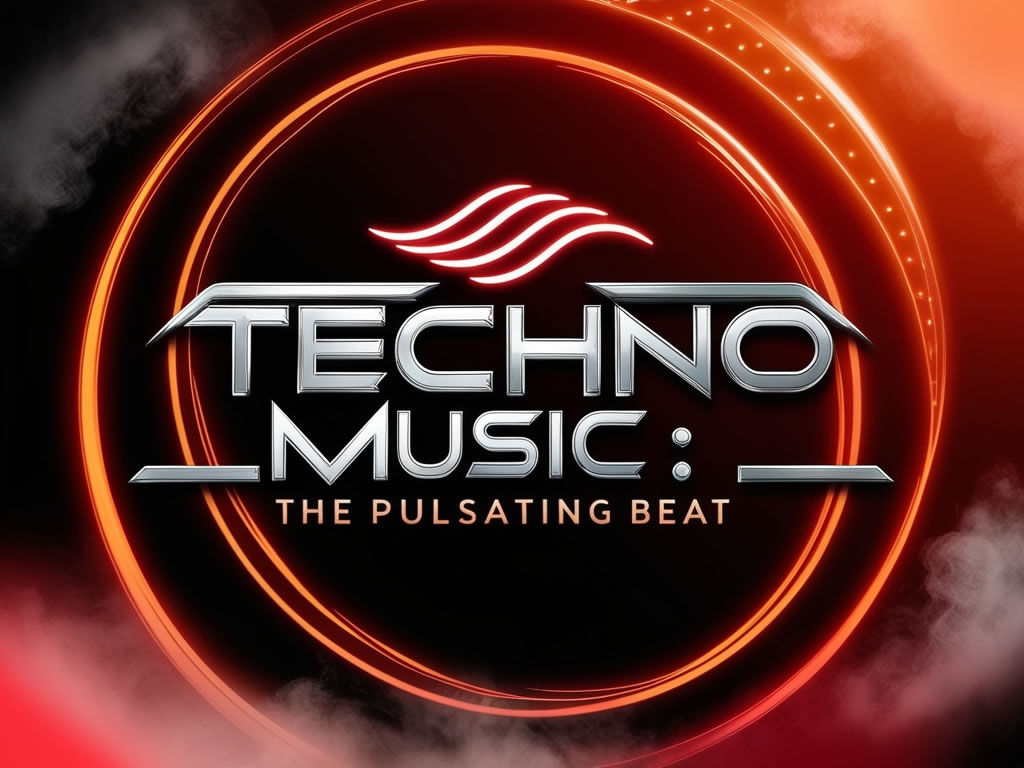Exploring Techno Music: A Journey Through Its Origins and Subgenres
Techno music is a pulsating force in the world of electronic dance music, known for its hypnotic beats and minimalist soundscapes. Originating from the underground clubs of Detroit in the 1980s, techno has grown into a global phenomenon that continues to evolve. In this blog post, we'll explore the roots of techno music and delve into its diverse subgenres, each offering a unique auditory experience.
The Origins of Techno Music
Techno music emerged from Detroit's thriving music scene in the early 1980s. Pioneers such as Juan Atkins, Derrick May, and Kevin Saunderson—collectively known as the Belleville Three—began experimenting with electronic instruments and synthesizers to create a new genre that combined elements of funk, electro, and avant-garde music. The result was techno—a groundbreaking sound characterized by its strong, repetitive beats and futuristic themes.
The early Detroit techno scene quickly gained traction, influencing electronic music across the globe. As techno spread, it integrated elements from various cultures and music traditions, constantly pushing the boundaries of what electronic music could be.
Popular Subgenres of Techno Music
Techno's influence has spawned numerous subgenres, each with distinctive characteristics and sonic elements. Here are some of the most notable subgenres:
1. Minimal Techno
Minimal techno is renowned for its simplicity and emphasis on stripped-down elements. It typically features repetitive beats, sparse use of sounds, and a focus on rhythm and texture rather than melody. Subtle changes and progressions keep the listener engaged, often creating a hypnotic and trance-like atmosphere.
Artists: Richie Hawtin, Robert Hood, and Daniel Bell.
2. Acid Techno
Acid techno is defined by its use of the squelchy sound of the Roland TB-303 bass synthesizer. This subgenre offers a raw, energetic vibe, driven by fast-paced beats and trippy soundscapes. It's a favorite for those seeking an intense, dancefloor-focused experience.
Artists: Hardfloor, Josh Wink, and Plastikman (Richie Hawtin).
3. Industrial Techno
Industrial techno incorporates influences from industrial music, utilizing distorted, mechanical sounds, and noise elements. It tends to be darker and more aggressive, with booming kicks and metallic, abrasive textures often creating a dystopian sonic landscape.
Artists: Surgeon, Regis, and Ancient Methods.
4. Melodic Techno
Melodic techno blends the rhythmic elements of techno with lush, emotive melodies and harmonies. It often features rich soundscapes, atmospheric pads, and intricate synth lines. This subgenre provides a balance between the powerful drive of techno and the emotional depth of melody.
Artists: Stephan Bodzin, Tale of Us, and Mind Against.
5. Detroit Techno
As the origin of the genre, Detroit techno embodies the original principles of techno with its soulful chords, jazzy elements, and futuristic themes. It often merges the rhythm and groove of funk with electronic sounds, remaining true to its roots while evolving with modern influences.
Artists: Juan Atkins, Derrick May, and Kevin Saunderson.
6. Hard Techno
Hard techno is known for its uncompromising intensity and speed, typically ranging from 140 to 160 beats per minute (BPM). It features pounding bass drums, relentless hi-hats, and minimal melodic content—focusing instead on creating a powerful, energetic impact suitable for high-octane raves.
Artists: Chris Liebing, Marika Rossa, and Amelie Lens.
7. Funky Techno
Funky techno combines the driving beats of techno with the groove and rhythm of funk and house music. It often includes syncopated drum patterns, catchy basslines, and more playful, danceable vibes compared to other techno styles.
Artists: Carl Cox, Ben Sims, and Claude Young.
Techno's Global Impact
Techno music has expanded far beyond its Detroit origins, influencing electronic music scenes around the world. Festivals such as Berlin's Berghain and Spain's Sonar showcase techno's versatility and global appeal. Moreover, techno has been a driving force in the rise of underground music scenes in cities like Berlin, Amsterdam, and Tokyo.
Today, techno continues to thrive, with artists and producers constantly innovating and redefining the genre. Whether played in intimate clubs or massive festivals, techno's universal appeal lies in its ability to connect people through its deep, immersive rhythms.
Conclusion
Techno music is a vibrant and ever-evolving genre that has left a profound impact on the landscape of electronic music. Its subgenres offer a spectrum of sounds and experiences, from the raw energy of hard techno to the introspective melodies of melodic techno. As you explore techno music, you'll discover a genre that invites you to lose yourself in its hypnotic beats and futuristic soundscapes.
By understanding the characteristics of Techno, you can better appreciate the diverse soundscapes and experiences that each techno subgenre offers. Whether you're drawn to the raw energy of acid techno or the introspective melodies of melodic techno, techno music provides a rich palette for exploration and enjoyment.
For those eager to explore the world of techno, attending live events and immersing yourself in diverse subgenres can provide a deeper understanding of its cultural significance and musical depth. Embrace the rhythm, and let techno music take you on a journey through its ever-expanding universe.

